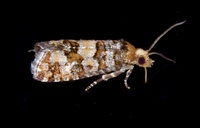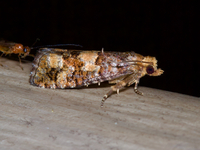
| Recorded by: Jim Petranka on 2025-07-19
Madison Co.
Comment: | 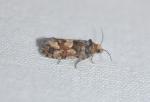
| Recorded by: K. Bischof on 2025-06-24
Transylvania Co.
Comment: |

| Recorded by: Jim Petranka on 2025-06-14
Madison Co.
Comment: | 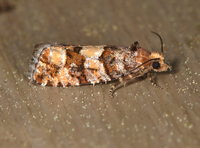
| Recorded by: Jim Petranka on 2025-05-16
Madison Co.
Comment: |

| Recorded by: Jim Petranka on 2025-05-16
Madison Co.
Comment: | 
| Recorded by: Jim Petranka on 2025-05-01
Madison Co.
Comment: |
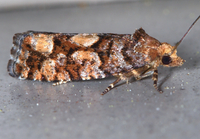
| Recorded by: Jim Petranka on 2025-04-27
Madison Co.
Comment: | 
| Recorded by: Jim Petranka on 2025-04-20
Madison Co.
Comment: |

| Recorded by: Jim Petranka on 2024-08-08
Madison Co.
Comment: | 
| Recorded by: Jim Petranka on 2024-07-31
Madison Co.
Comment: |

| Recorded by: Jim Petranka on 2024-07-26
Madison Co.
Comment: | 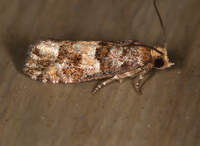
| Recorded by: Jim Petranka on 2024-07-22
Madison Co.
Comment: |
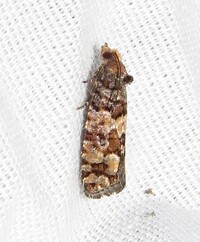
| Recorded by: B. Bockhahn on 2024-07-14
Macon Co.
Comment: | 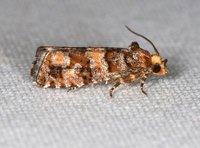
| Recorded by: Jim Petranka on 2024-07-14
Madison Co.
Comment: |

| Recorded by: Jim Petranka on 2024-07-06
Madison Co.
Comment: | 
| Recorded by: Jim Petranka on 2024-07-02
Madison Co.
Comment: |
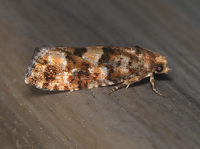
| Recorded by: Jim Petranka on 2024-06-29
Madison Co.
Comment: | 
| Recorded by: Jim Petranka on 2024-06-28
Madison Co.
Comment: |
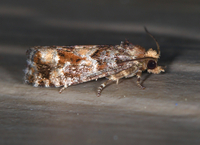
| Recorded by: Jim Petranka on 2024-06-28
Madison Co.
Comment: | 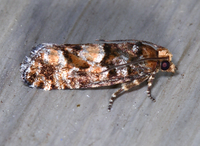
| Recorded by: Jim Petranka on 2024-06-24
Madison Co.
Comment: |
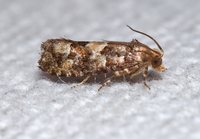
| Recorded by: Jim Petranka on 2024-06-13
Madison Co.
Comment: | 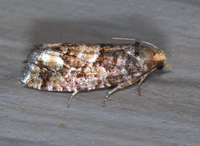
| Recorded by: Jim Petranka on 2024-06-05
Madison Co.
Comment: |
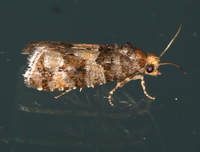
| Recorded by: Jim Petranka on 2024-05-27
Madison Co.
Comment: | 
| Recorded by: Jim Petranka on 2024-05-24
Madison Co.
Comment: |
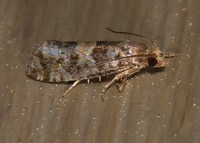
| Recorded by: Jim Petranka on 2024-05-22
Madison Co.
Comment: | 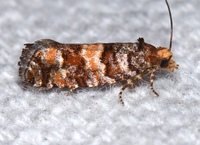
| Recorded by: Jim Petranka on 2024-05-11
Madison Co.
Comment: |
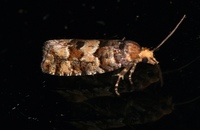
| Recorded by: Jim Petranka on 2024-05-07
Madison Co.
Comment: | 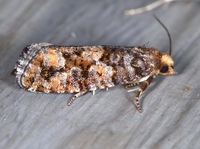
| Recorded by: Jim Petranka on 2024-04-25
Madison Co.
Comment: |
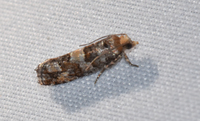
| Recorded by: Emily Stanley on 2024-04-19
Buncombe Co.
Comment: | 
| Recorded by: Jim Petranka and Bo Sullivan on 2023-08-08
Ashe Co.
Comment: |
|

 »
»
